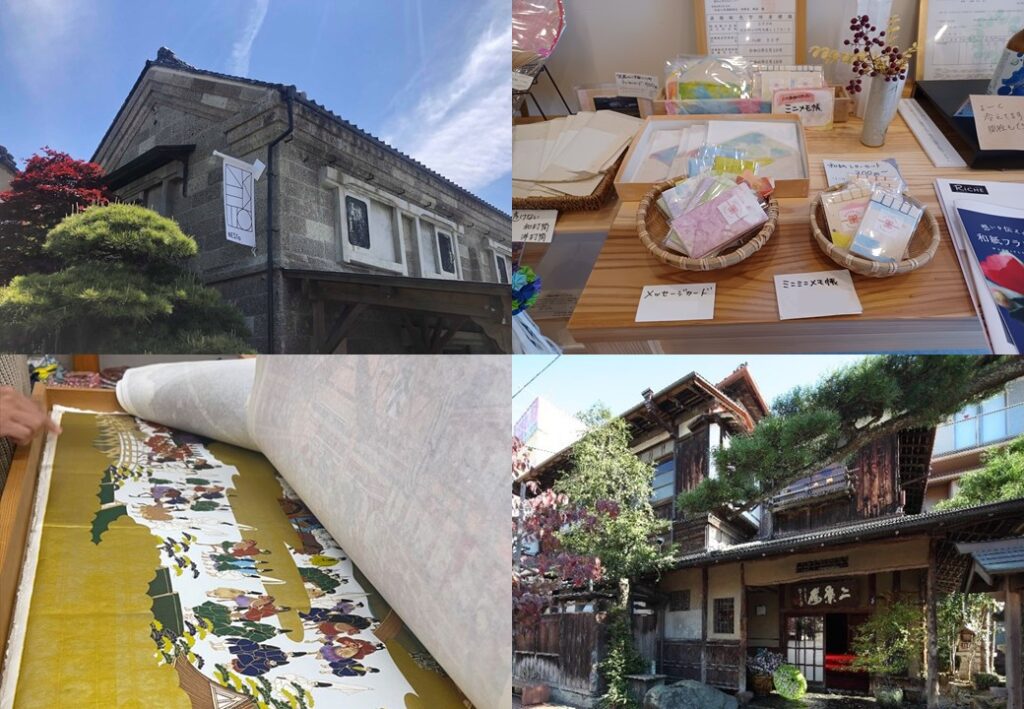
Explore Charming Ogawa-machi Culture
Sightseeing Routes
A route to enjoy the charm of Ogawa-machi, Saitama Prefecture. You can experience Saitama’s culture and local gourmet cuisine, and the enchantment of traditional washi paper products. The southern area of Ogawa-machi station thrived as the town center during the Edo period, with buildings such as townhouses, Western-style houses, and warehouses still standing to this day, earning it designation as a "Saitama Prefecture Historical Scenic Model District." From Ikebukuro, you can experience authentic Japan in just an hour and a half.
start
Ikebukuro Station
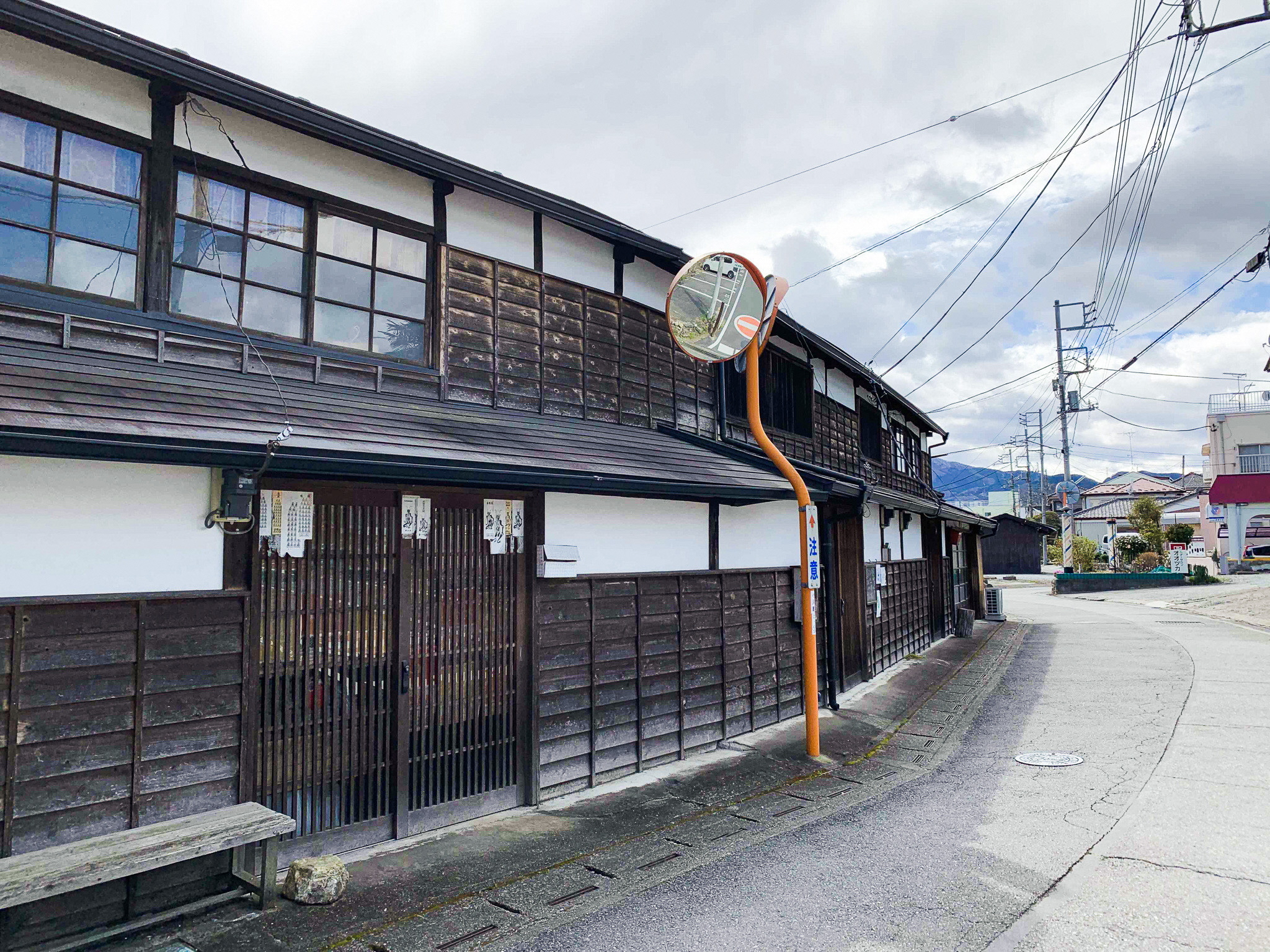
Follow the footprints of the Meiji Era (1868-1912)
Tanaka Ke Nagaya Longhouse: A Treasure of Saitama's History
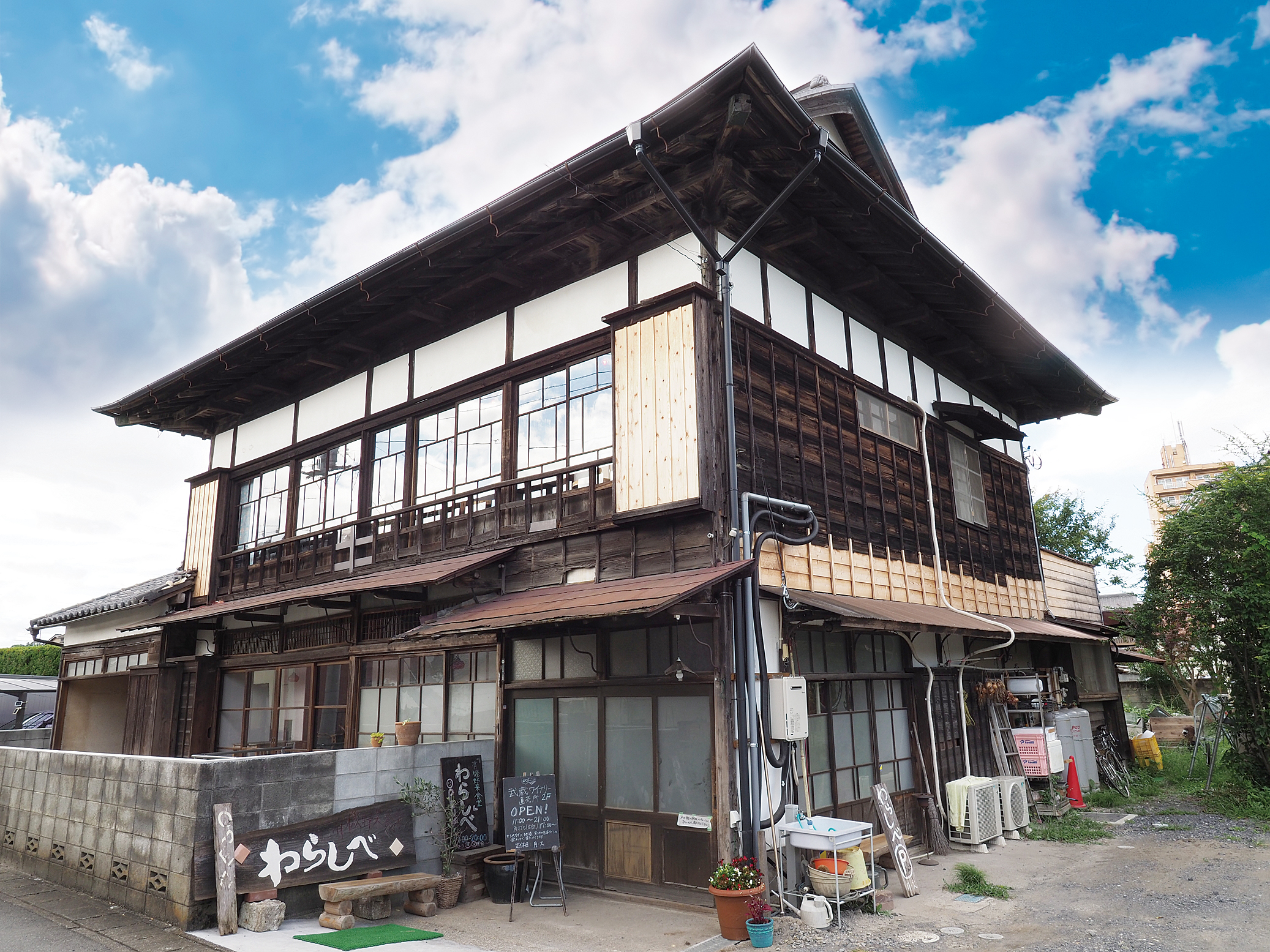
A traditional folk house with 125 years of history

Experience 1,300 Years of Washi Paper History
Ogawamachi Washi Experience Learning Center

NESTo, a stone warehouse with 100 years of history

A blissful space where Japanese cuisine and nature connect
Kappo Futaba
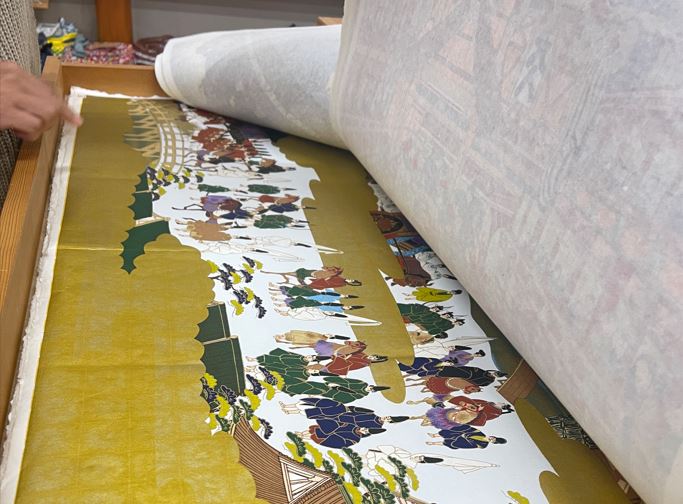
A specialty store for beautiful Japanese paper products made with traditional techniques.
Kadokura Washi Shop
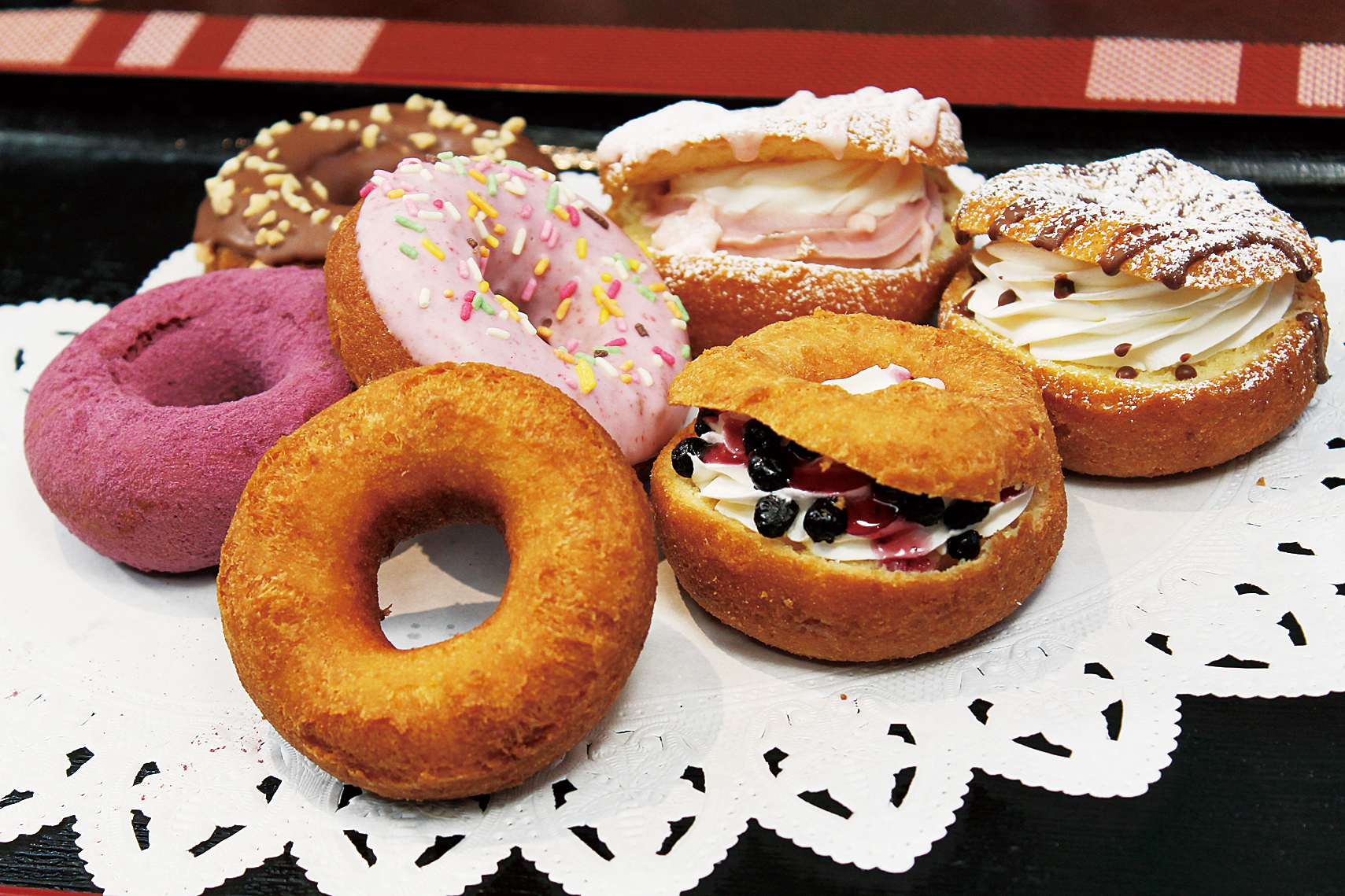
Sandaime Shimizuya Ogawa-machi Ekimae Branch

A Window Overlooking the Charms of Ogawa-machi
Ogawa-machi Tourist Information Center "Musubime"
goal
Ikebukuro Station
